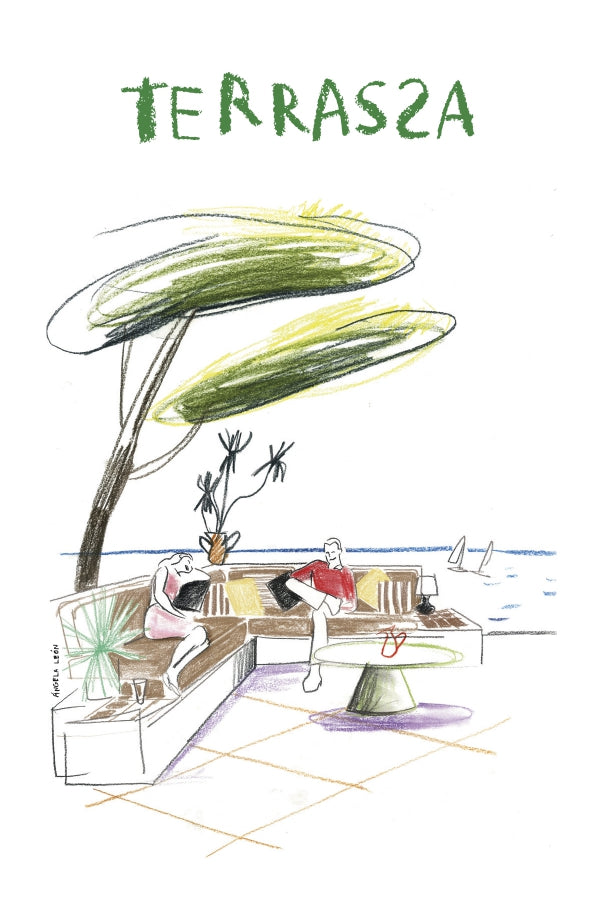Manifesto
ecologies + creative challenges
TERRASZA is the emblem of a balcony or a garden where one can rest, but also of a corner where one can work, in harmony with nature. Of outdoor space, squares, streets, corners where people meet. In short, it is to speak of society carrying out its daily activities in that sun-drenched interior that we know as public space: a visible field of energy in a continuous state of transformation.
Many architects and designers have contributed to filling this contrasting geography of historical conglomerates and drawing geometries with beauty, but what are the current challenges that move them to face the current panorama of climatic emergency that we live in? What are the policies and strategies that they are willing to implement in their centers of creation to actively face the future of our Planet?
TERRASZA is established as a platform for dialogue and reflection where to bring together companies and professionals – architects, designers, researchers and experts from different disciplines focused on human activity, and artists installed in different worlds - and share their expertise, their experiences, questions, and concerns about the future they are producing, studying and imagining in their respective fields of creation.
TERRASZA focuses its objectives on generating new synergies and exchanges in which to contemplate, from a transdisciplinary perspective, answers and solutions to certain questions:
- How can we understand TERRASZA after the experience of the past pandemic crisis and the alarming climate present?
- Can we continue to ignore this situation and keep the world of creativity oblivious to this emergency reality?
- How does the furniture industry face the current environmental crisis beyond the production of recycled materials?
- What are its challenges to maintain a market capable of facing the current conditions?
- What inventions or artifacts are being designed on an industrial scale?
- How do the designers and architects of the future act beyond aesthetics?
- What identity and function do they give to their exteriors?
- How is public space understood and defended in times when we are witnessing its privatization?
Every day we read the sustainable surname as a market appeal, a brand seal, and a guarantee of sensitivity and action by companies in the face of climate change. But is this enough, is it all true, and what are the real contributions currently being made from the world of industry and design?
The current sustainability-focused strategies implemented by private companies are not enough. The word sustainability itself is outdated. Forward-looking alternative ecologies are needed for both private and public outdoor space, where in particular commercial and recreational activities can interfere with the enjoyment of public space by all.
